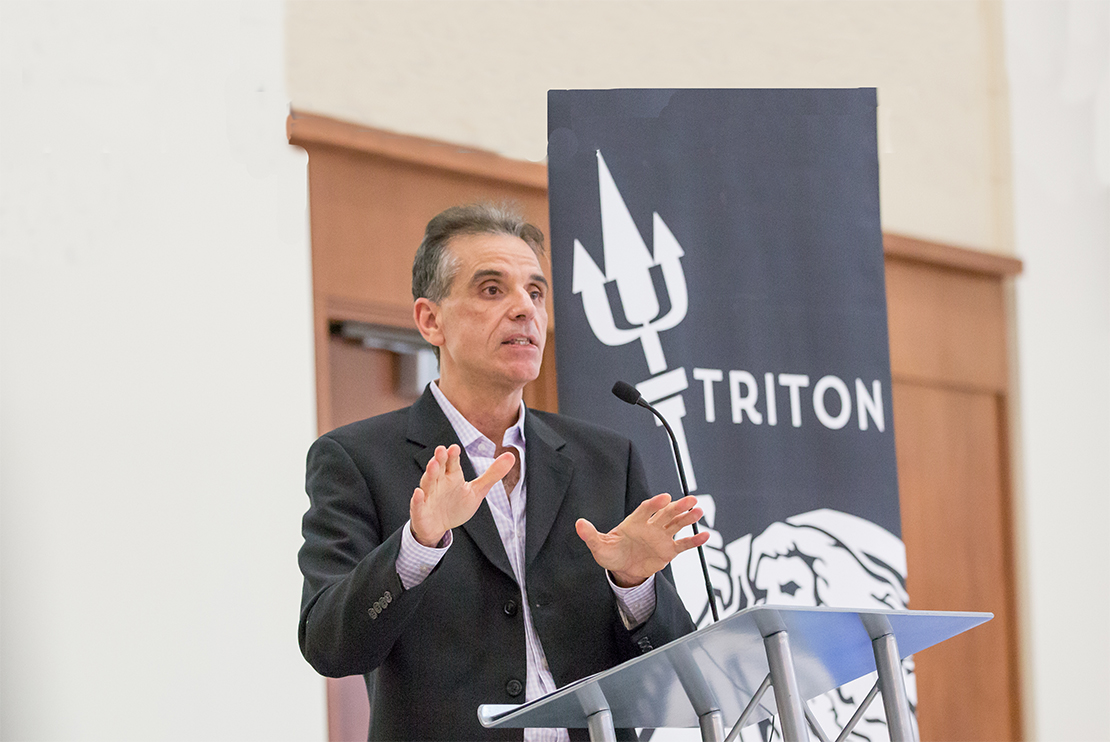Smart Home Health Care Technology
Picture a future where health sensors would be strategically placed throughout a person’s house to check their vital signs each day, and to alert them about potential dangers, like a sudden step down to the living room. Outside of the home, sensors could measure local pollen or pollution levels in the air. And for elderly residents, applications streamed to devices like their phone or a smart speaker could remind them to take critical medications on time.
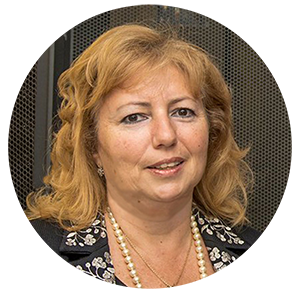 These conveniences may allow the aging to stay at home longer, and it could also reduce some of the costs associated with health care today, University of Miami computing experts say.
These conveniences may allow the aging to stay at home longer, and it could also reduce some of the costs associated with health care today, University of Miami computing experts say.
But understanding how to connect this data from a person’s home with their physician’s records, all while safeguarding its privacy, is a challenge.
That’s why the University’s technology powerhouse, the Institute for Data Science and Computing (IDSC), has formed a strategic partnership with General Electric Global Research to research various topics at nexus of health and digital transformation, including secure smart home health care technology that can readily interact with digital health platforms and improve patient outcomes.
“We are trying to foster concepts for healthy aging and smart homes that will improve people’s quality of life, while also looking at economics and public safety,” said Yelena Yesha, PhD, Innovation Officer and Head of International Relations at IDSC. “The need for these things was obviously accelerated by the pandemic, but it was also driven by the desire of many aging individuals to not move to assisted living facilities or nursing homes, and, instead, to age gracefully in the comfort of their own homes.”
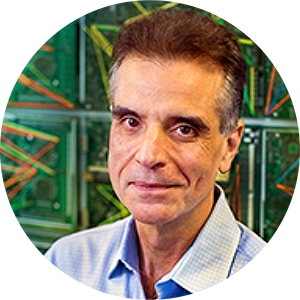 Nick Tsinoremas, PhD, Founding Director of IDSC as well as the University’s Vice Provost of Research Computing and Data, said that allowing doctors to access a patient’s smart home data will help provide a more accurate portrait of an individual’s health. For example, if a person has allergies, and a sensor picks up high levels of pollen or mold in or around their home, that may help the doctor prescribe a more useful medication or alert them that a home repair needs to happen.
Nick Tsinoremas, PhD, Founding Director of IDSC as well as the University’s Vice Provost of Research Computing and Data, said that allowing doctors to access a patient’s smart home data will help provide a more accurate portrait of an individual’s health. For example, if a person has allergies, and a sensor picks up high levels of pollen or mold in or around their home, that may help the doctor prescribe a more useful medication or alert them that a home repair needs to happen.
“We want to create intelligent systems to understand how all of these factors could influence someone’s health,” Dr. Tsinoremas added.
Expanding to the Population Level
As the project progresses, IDSC and GE would also like to expand this research to the population level, so that local public health leaders could learn if a swath of their community is experiencing certain symptoms and identify viruses early on.
“We could integrate this information to identify hot spots for any kinds of unusual symptoms or unusual viruses,” Dr. Yesha added.
As part of the partnership, IDSC and GE are also working on creating technology that would help reduce congestion in public spaces, like airports and government buildings, where people often need to go in person. University leaders envision an application like some theme parks use to show visitors wait times for rides, but instead revealing the density of people in certain locations.
Increases in connectivity and networking of health technology has also increased security and privacy challenges. Overcoming these barriers with secure privacy preserving solutions is an important part of this research effort.
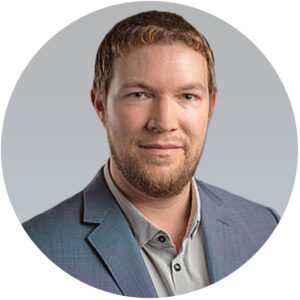 Cutting Edge 5G and Sensor Networks
Cutting Edge 5G and Sensor Networks
5G paired with falling costs to deploy sensors will help give impetus to advances in health and safety monitoring, said Michael Mylrea, PhD, Senior Director for Cybersecurity R&D for Operational Technology at GE Global Research, and the co-primary investigator for this initiative. “For these advances to be sustainable data will have to be collected, exchanged, and stored in a way that prioritizes security, privacy, and confidentiality of end users,” said Dr. Mylrea. “One of the challenges is that as ubiquitous sensing networks in smart cities become increasingly connected to cyberspace, so too does their risk of cyber threats. This effort will help transform these prodigious data sets into intelligence, and unlock the digital transformation potential of smart infrastructures and systems.”
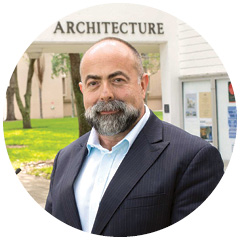 While an interdisciplinary team of faculty at the University are working on the concepts, and testing some prototypes, GE will be translating these ideas to the commercial market. This University team—led by Tsinoremas, Yesha, and Rodolphe el-Khoury, PhD, Dean of the School of Architecture and Director of the IDSC Smart Cities + Urban Lab program—are actively in touch with collaborators at GE, other universities, and government agencies, like the U.S. Department of Homeland Security, to help bring their ideas to life safely. In addition, they will be using the University’s 5G Edge technology powered by AT&T to create and test the software, so that these new products are primed for the future, Dr. Tsinoremas said.
While an interdisciplinary team of faculty at the University are working on the concepts, and testing some prototypes, GE will be translating these ideas to the commercial market. This University team—led by Tsinoremas, Yesha, and Rodolphe el-Khoury, PhD, Dean of the School of Architecture and Director of the IDSC Smart Cities + Urban Lab program—are actively in touch with collaborators at GE, other universities, and government agencies, like the U.S. Department of Homeland Security, to help bring their ideas to life safely. In addition, they will be using the University’s 5G Edge technology powered by AT&T to create and test the software, so that these new products are primed for the future, Dr. Tsinoremas said.
Dr. Yesha and Dr. Tsinoremas believe the benefits of converging smart home and digital health data securely could be plentiful.
“This will lower costs for health care because it will offer preventative measurements and limit situations like unnecessary falls that lead to 911 calls,” Dr. Yesha said. “If you talk to seniors, they don’t want to move, but they can’t get all the necessary health care services in their homes, so if we can bring all these services to their homes, it could change the dynamic and increase their longevity because of earlier prevention and diagnosis.”
Save the Date: Thursday, 4/15/21 (1:00-4:00 PM) for the 4th annual and 1st virtual Smart Cities MIAMI Conference.
Register Now
Tags: 5G+, Data Privacy, Data Security, Digital Health Data, GE Global Research, Health Care costs, Health Records, Michael Mylrea, Nicholas Tsinoremas, Rodolphe el-Khoury, School of Architecture, Sensor Networks, Smart Home Health Care Technology, Urban Lab, US Department of Homeland Security, Yelena Yesha



